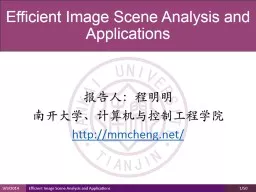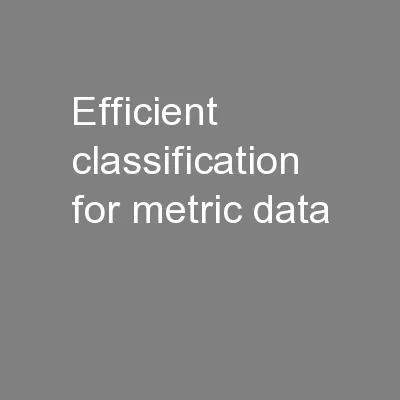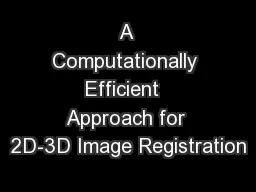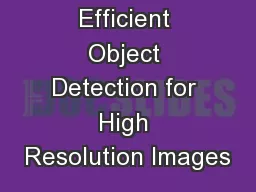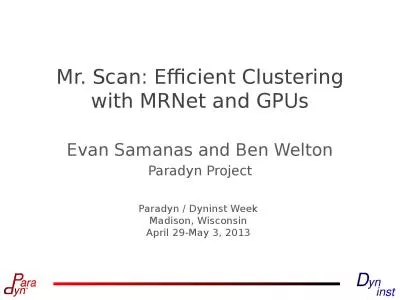PPT-Efficient Image
Author : yoshiko-marsland | Published Date : 2016-02-20
Scene Analysis and Applications 报告人程明明 南开大学计算机与控制工程学 院 httpmmchengnet Contents Global contrast based salient region detection
Presentation Embed Code
Download Presentation
Download Presentation The PPT/PDF document "Efficient Image" is the property of its rightful owner. Permission is granted to download and print the materials on this website for personal, non-commercial use only, and to display it on your personal computer provided you do not modify the materials and that you retain all copyright notices contained in the materials. By downloading content from our website, you accept the terms of this agreement.
Efficient Image: Transcript
Download Rules Of Document
"Efficient Image"The content belongs to its owner. You may download and print it for personal use, without modification, and keep all copyright notices. By downloading, you agree to these terms.
Related Documents

